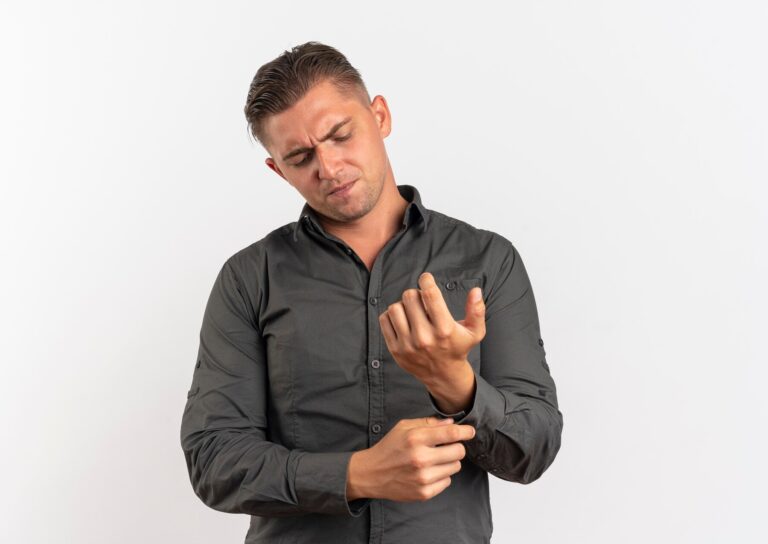Arm pain can significantly disrupt your daily life, affecting everything from simple tasks to professional responsibilities and hobbies. Whether you’re an office worker typing for hours, an athlete pushing your physical limits, or an elderly individual coping with age-related discomfort, arm pain can reduce productivity, mobility, and overall quality of life. Understanding the causes, prevention strategies, and treatment options is essential to finding relief and regaining control.
Understanding the Types and Causes of Arm Pain
Arm pain can originate from various sources. Identifying the underlying cause is key to selecting the most effective treatment. Below are some common types:
- Muscle Strain: Overuse or sudden exertion causing muscle or tendon injuries.
- Joint Issues: Conditions like arthritis or bursitis causing stiffness and pain.
- Nerve Problems: Pinched nerves, such as those caused by carpal tunnel syndrome, resulting in sharp or shooting pain.
- Trauma: Fractures, sprains, or dislocations from accidents or falls.
- Chronic Conditions: Long-term issues like repetitive strain injuries or tendonitis from prolonged repetitive activities.
How Arm Pain Affects Daily Activities by Group
For office workers, arm pain often results from repetitive movement, poor ergonomics, or extended periods at a desk. This can lead to difficulty typing or using a mouse, reduced productivity, and Increased discomfort during and after work hours.
For elderly individuals, arm pain is commonly linked to age-related conditions like arthritis or osteoporosis. It can affect everyday tasks such as cooking or dressing, maintaining physical independence, and sleep quality due to nighttime discomfort.
Immediate Relief Strategies for Arm Pain
Relief strategies for arm pain depend on the underlying cause. The below general approaches can help alleviate discomfort. Proper ergonomics and posture during daily activities can also prevent further strain. If the pain persists or worsens, it’s important to consult a healthcare professional to diagnose the root cause and develop a tailored treatment plan.
- Rest the affected arm to prevent further injury.
- Ice the area for 15-20 minutes every few hours to reduce swelling.
- Compression with an elastic bandage to minimize inflammation.
- Elevation to lower swelling and promote blood flow.
- Topical Pain Relievers:
- Use menthol or capsaicin creams for localized relief.
- Over-the-Counter Medication:
- Ibuprofen or aspirin can help manage pain and inflammation.
Long-Term Solutions and Treatments for Chronic Arm Pain
There are several long-term solutions and treatments that may help manage or reduce arm pain. The best approach depends on the underlying cause of the pain, so it’s important to work with a healthcare provider to identify the root cause. This could range from stretching, strengthening exercises, heat therapy, [physical therapy and supportive devices like slings or braces.
Resources and Tools for Managing Arm Pain
Here are some resources and tools for managing arm pain. If your arm pain persists or worsens, seeking professional medical help is essential. Resources and tools include apps and websites, such as StretchIt or DailyBurn, which offer tailored arm exercises. Consider Investing in items like the Ergo Armrest or ergonomic desk chairs. Consult a physical therapist, chiropractor, or pain specialist for tailored advice.
Take Action
Arm pain doesn’t have to hold you back. By understanding the causes, implementing prevention strategies, and exploring practical relief methods, you can regain strength and mobility. Start small by adjusting your workspace, integrating gentle exercises, and seeking help when needed.

